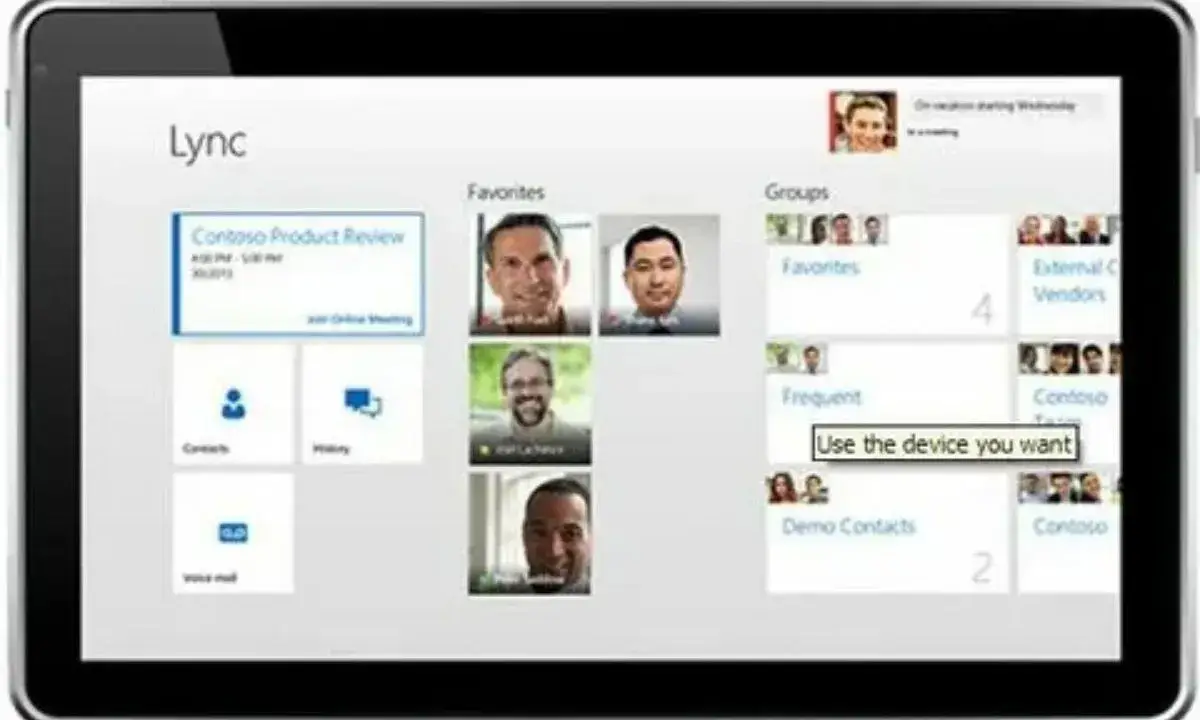1. Introduction
- Hook: Why standard Microsoft Lync (now Skype for Business / Microsoft Teams) doesn’t fit everyone’s workflow.
- The growing need for custom modifications to improve communication and productivity.
- Brief explanation of what “Lync Conf Mods” are and why they matter in modern enterprise collaboration.
- Overview of what this article will cover (from basics to implementation).
2. Understanding Lync Conf Mods
- Definition: What are Lync Conf Mods, and how they modify Lync’s core conferencing environment.
- Brief technical background — where these mods integrate (front-end, back-end, or through APIs).
- Historical context: evolution from Microsoft Lync → Skype for Business → Microsoft Teams.
- The difference between official Microsoft add-ins and community-built mods.
3. The Role of Mods in Customization
- Why enterprise teams need flexibility in communication tools.
- Key customization capabilities:
- Interface tweaks
- Workflow automation
- Advanced reporting or analytics dashboards
- How mods bridge the gap between Lync’s built-in limitations and organizational requirements.
- Case in point: How a company improved meeting efficiency with UI shortcuts and automated call routing mods.
4. The Need for Lync Conf Mods
- Pain points in default Microsoft Lync:
- Limited meeting control options
- Restricted UI personalization
- Weak integration with third-party CRMs or tools
- Minimal analytics or usage insights
- How mods resolve these constraints without altering core stability.
- Statistical or survey data (if available) on user satisfaction before and after customization.
- Enterprise use-cases demonstrating measurable performance gains (e.g., faster call setup, reduced dropped calls).
5. Real-World Examples of Lync Conf Mods in Action
- Example 1: Custom notification mod improving response times across departments.
- Example 2: Integration mod connecting Lync with Slack or Outlook calendar for synchronized workflows.
- Example 3: Admin control mod enhancing participant management during large-scale conferences.
- Example 4: Security-focused mod adding MFA or session timeout policies.
- Real outcomes: productivity boosts, smoother collaboration, improved compliance.
6. Types of Lync Conf Mods
6.1 Interface Customizations
- Custom themes, branding, and layout modifications.
- Simplified navigation for specific roles (e.g., sales, HR, IT).
- Accessibility enhancements (font resizing, dark mode, adaptive controls).
6.2 Functional Enhancements
- Advanced scheduling tools and meeting templates.
- Automated reminders, custom notifications, and follow-up workflows.
- Real-time analytics dashboards and performance monitoring mods.
6.3 Integration with Third-Party Tools
- CRM systems (Salesforce, HubSpot) for client call logs.
- Project management platforms (Asana, Trello, Microsoft Project).
- Cloud storage and document sharing services (OneDrive, Google Drive, Dropbox).
- Real examples of integration plug-ins that improve workflow continuity.
6.4 Security Enhancements
- Encryption-level upgrades for sensitive communication.
- Compliance mods (HIPAA, GDPR) and policy-based access controls.
- User authentication mods (MFA, device authorization).
- How security mods balance protection with performance.
7. How to Implement Lync Conf Mods
7.1 Identify Organizational Needs
- Conducting internal audits to pinpoint communication pain points.
- Assessing which departments benefit most from customization.
- Setting measurable goals before modification.
7.2 Research and Select the Right Mods
- Sourcing reliable mods (Microsoft AppSource, GitHub, or trusted enterprise developers).
- Checking compatibility with Lync/Skype/Teams versions.
- Evaluating open-source vs. commercial options.
- Importance of reading documentation and user reviews.
7.3 Testing Before Deployment
- Setting up a test environment or sandbox.
- Running compatibility checks and stress testing.
- Involving end-users during the pilot phase.
- Documentation of findings and issue tracking.
7.4 Full Rollout
- Step-by-step rollout strategy: phased deployment vs. full installation.
- Communication with staff and training for smooth adoption.
- Monitoring mod performance and system stability.
7.5 Collect Feedback and Optimize
- Gathering real-time user feedback post-deployment.
- Tracking KPIs: meeting efficiency, system uptime, user satisfaction.
- Continuous improvement through version updates or new mod additions.
8. Risks and Best Practices
- Common pitfalls to avoid when installing third-party mods (e.g., compatibility issues, unsupported APIs).
- Backup and rollback strategies in case of failure.
- Regular maintenance and updates.
- Compliance and IT governance considerations.
- Partnering with certified Microsoft developers for enterprise-level mods.
9. Future of Lync Conf Mods
- Transition path from Lync → Teams and continued relevance of mods.
- How AI and automation are shaping the next generation of conferencing mods.
- Predictive analytics, adaptive interfaces, and smart meeting assistants.
10. Conclusion
- Recap of how Lync Conf Mods transform communication efficiency.
- Emphasis on customization as a driver of productivity and collaboration.
- Final takeaway: why organizations should explore and safely implement Lync Conf Mods to future-proof their digital workplace.

Ember Clark is an expert blogger passionate about cartoons, sharing captivating insights, trends, and stories that bring animation to life for fans worldwide.

